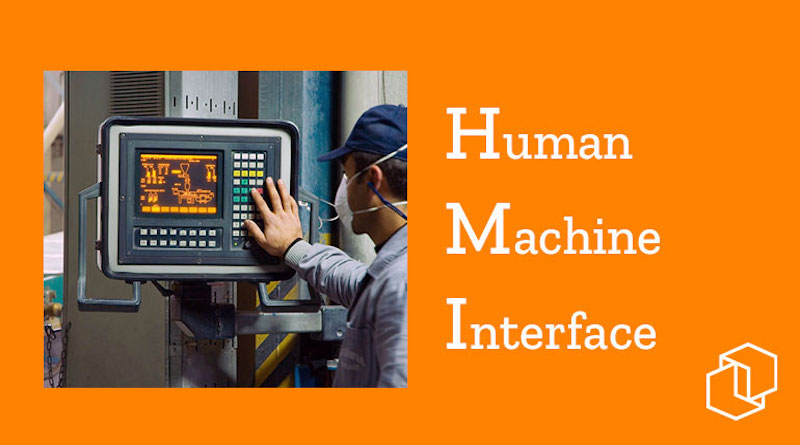Techpally hints Human-Machine Interface bridging IT and OT
The traditional Human Machine interface
The Human-Machine Interface (HMI) is the main visible element in automation that is responsible for managing all those critical functionalities of the machinery.
The current trend in HMI
The IoT refers to the convergence between Information and Operations technologies.
Thus, basically, these complex technologies allow machine operators – or line managers, plant supervisors, etc.to make better decisions about your maintenance or optimization tasks.
According to Techpally, we cannot forget that, while we invest and integrate the latest technologies, we will continue to need a unique and simple way to view the status of the facilities in real time, to know what is happening and how to act.
So when looking for an automation solution to take advantage of the full benefits of IIoT, we must specifically consider IT and OT architectures, says chaktty boss.
And it is that, the people who work right at the point of convergence of both and their ability to make decisions, and carry out effective actions, must be part of the equation.
Bridging IT and OT
For this reason, in today’s digital age, if we are talking about intelligent machines or an IIoT solution, we really have to consider not only IT / OT convergence , but also IT / OT / Human.
In this way, we put the operational team at the center of the digital revolution and get the most out of workers using new digital tools, according to businesspally magazine editor.
In addition, this consideration should not be limited to the production area, but also extended to Marketing, Technical, Human Resources, etc., since these will also experience changes by empowering their staff.
The HMIs of the Future
Collaborative HMI
If we look specifically at field operators or line managers who continuously supervise, maintain and operate machinery and production lines, we must know that they need an interface that allows them to access collaboratively.
It is simple and visible to those indicators necessary to perform their tasks.
Indicators that are the result of crossing OT data in real time and IT models, applications and analytics.
Furthermore, these operators and managers are getting younger and younger and their roles and responsibilities change more often.
They are often less experienced and expect the human interfaces of the system they work with to have more standardized intelligence.
What an HMI installation should offer
Operators and managers, in the end, need to be connected, at any time and from any place, to a single version of the truth, with complex data that can become contextualized information for various users. For this reason, an HMI installation must offer :
- A simple visualization
At the design level, the information displayed by the HMI system must be extremely simple and intuitive.
In addition, the solution must offer Edge Computing services – critical real-time computing that complements the Cloud Computing capabilities of the IoT solution – to better contextualize the information.
- A lot of flexibility
The HMI system must be a highly connectable automation component, not only connecting various fieldbuses and sensors, but also integrating IT networks and services.
In addition, it must be customizable and scalable to be used as an open window to any type of IoT architecture.
And it has to present the information in different ways and allow collaboration between different stakeholders.
- High Reliability
The IT / OT / Human convergence should create peace of mind, both when it comes to the installation and the machine.
The system must be resistant, safe and have a wide support.
In addition, it must be able to help migrate from one technology to another easily, since usually, while we are integrating cutting-edge solutions in our facilities, we continue to need old mechanical or automation technologies and both must be compatible.
Its main objectives
Its goal is to connect them to any area of the machine or the production line to simplify the decision-making process, boost their maintenance skills, increase their collaboration or simply motivate them even more in their workspace.
For this, the HMI system must be able to reconcile IT / OT data in real time and generate status updates and simple orders accessible to any type of operator.
This is the best way to converge the human, IT and OT dimensions.
The HMI Harmony Schneider Electric provide stable platforms and design reliable interface level products connected within the architecture EcoStruxure providing secure communication, connectivity and efficiency for software and applications Edge Computing, opening more business opportunities.

